M41 Walker Bulldog: America’s Cold War Light Tank
August 26th, 2023
9 minute read
Today, the United States Army is now seeking to develop the first “light tank” in a generation as part of its Mobile Protected Firepower (MPF) program. Last year, General Dynamics Land Systems (GDLS) was selected to build the vehicle that is meant to improve mobility, protection, and direct-fire capabilities for Infantry Brigade Combat teams.
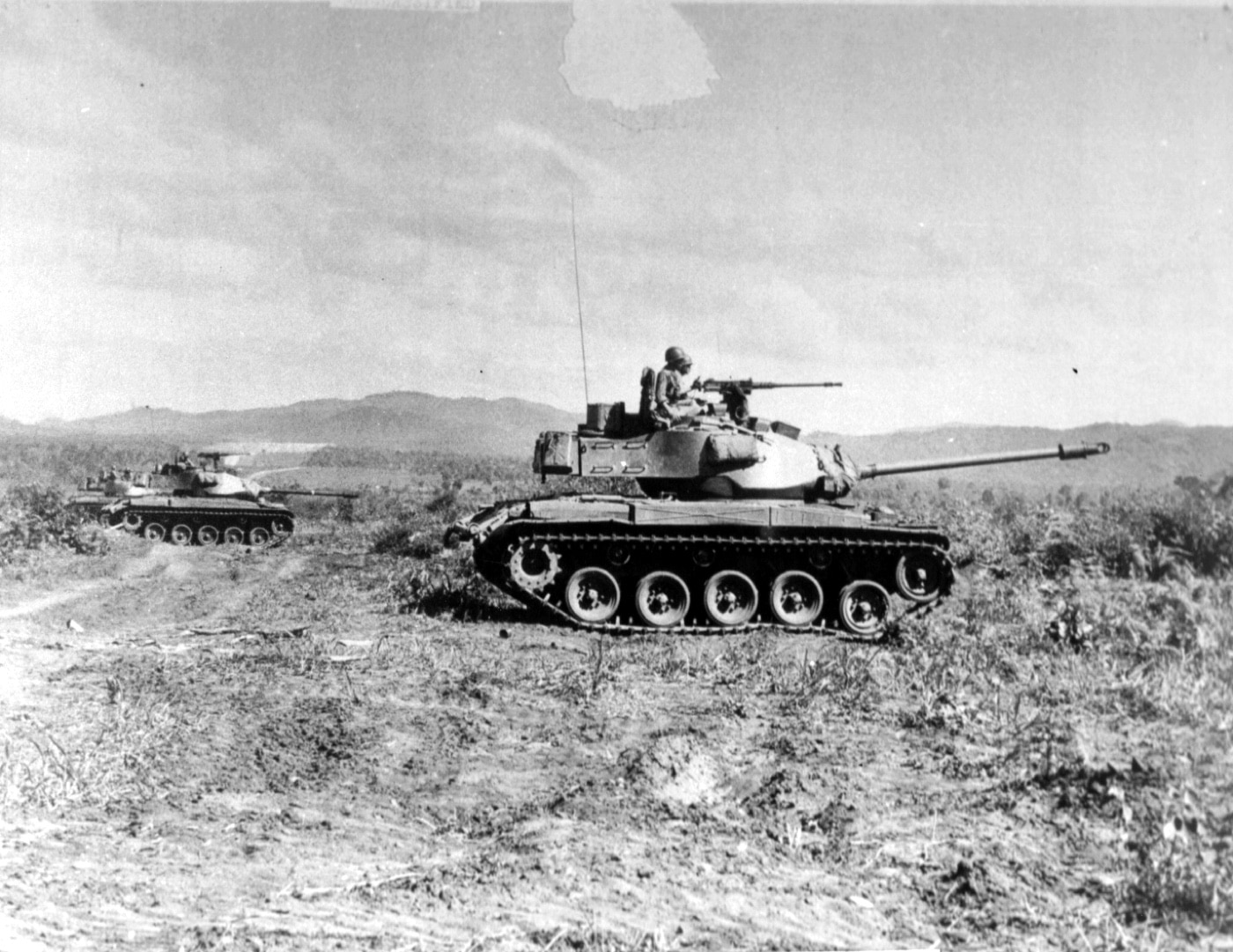
Perhaps the service, as well as those at GDLS, could look at some lessons from history — notably the successes and failures seen with the M41 “Walker Bulldog” light tank.
History Lesson — Light Tanks
The light tank concept actually dates back to the First World War. Generally considered better armed and armored than the armored cars that saw use in that conflict, light tanks were still largely neglected until the development of the French Renault FT. It was a departure from the massive behemoths developed by the British and German armies, and it became the first tank to incorporate a top-mounted turret with full rotation.
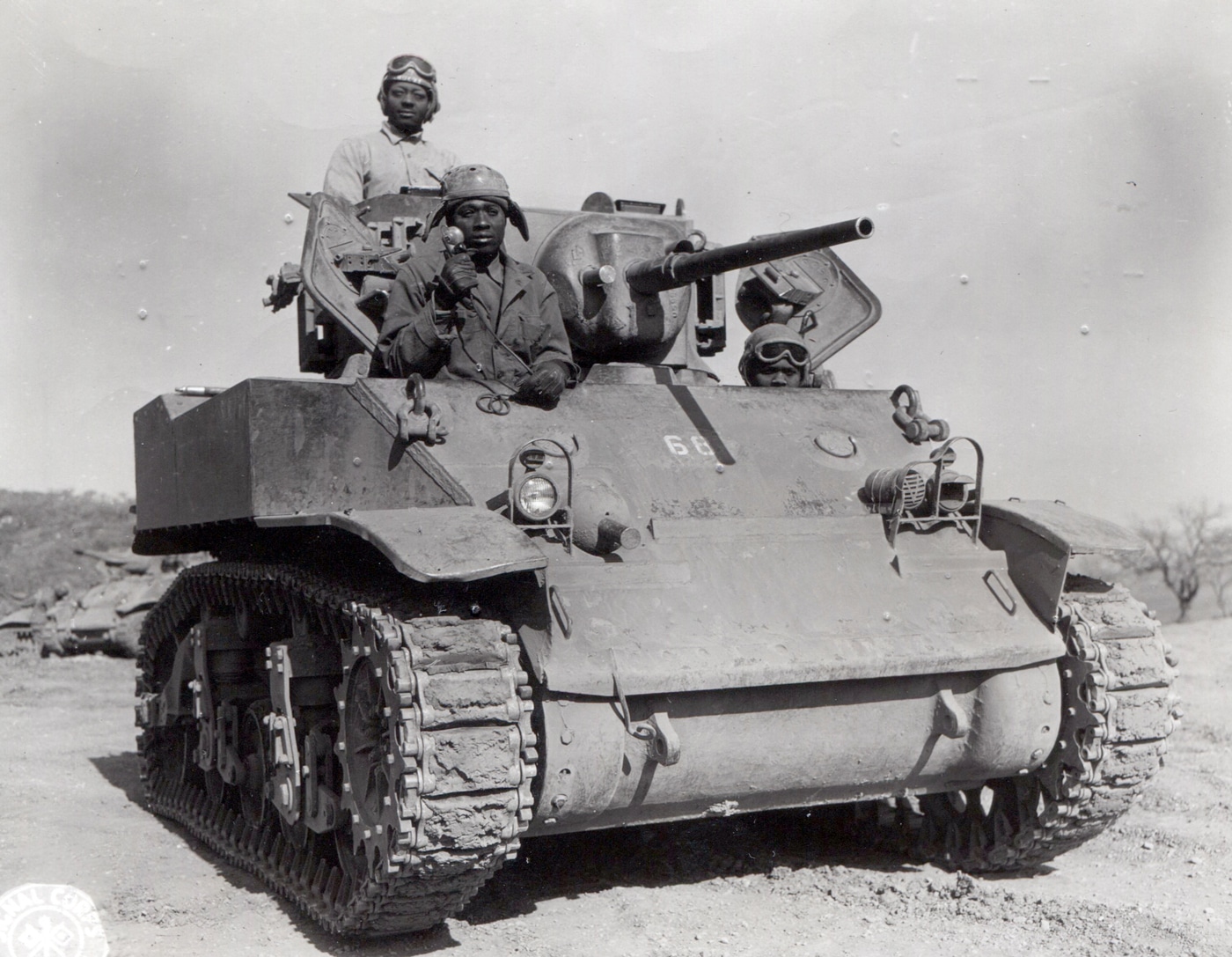
Fast forward a generation, and at the end of World War II the United States military introduced the M24 Chaffee (officially: Light Tank, M24). It was developed after several shortcomings were identified with the M3 Stuart light tank, notably its 37mm cannon.
The Chaffee — named for United States Army General Adna Chaffee Jr., who helped develop the use of tanks for the U.S. military — proved to be an excellent design, combining outstanding firepower and protection, with very good agility. Moreover, its M6 75mm gun was almost equal to the Sherman’s main gun, while the careful shaping and sloping of the hull and turret resulted in the reduction of its silhouette. Ease of maintenance was considered another notable attribute.
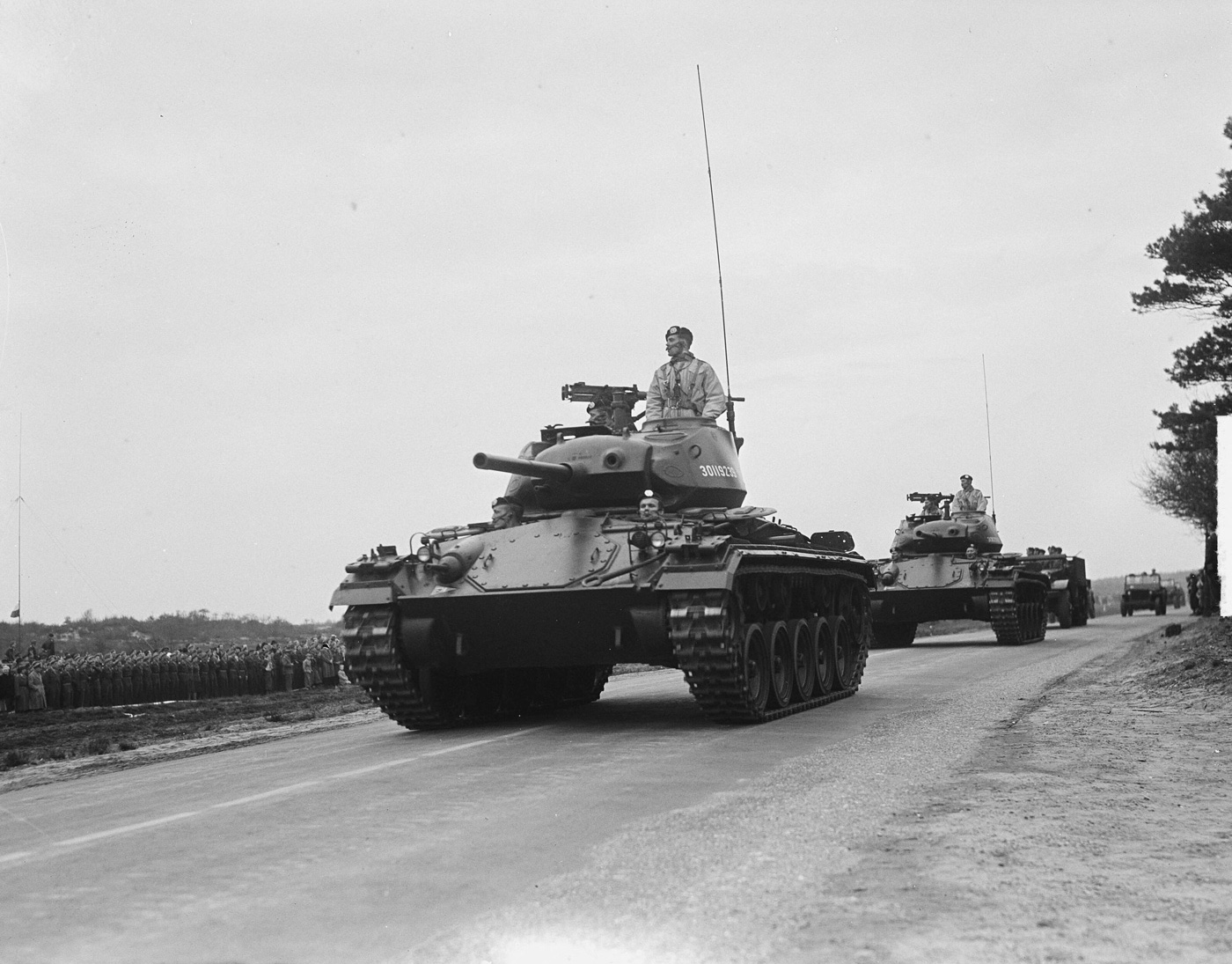
Despite the fact that the M24 Chaffee was a good tank, the Army sought to develop a follow-up and more significantly a larger vehicle that was still a “light tank.”
Thus was borne the T37 program.
The first prototype was completed in 1949 as the T37 Phase I with a stabilized 76.2mm M32 main gun; followed by the T37 Phase II, which had a redesigned turret with a new mantlet, a bore evacuator, and an improved fire-control system as well as a stabilizer for the main gun. The latter model was then redesignated the T41 while a further modified Phase III version was designated the T41E1 — which was then standardized as the M41. It was authorized for production in 1949.
Honoring General Walker
Originally the tank was to be designated Light Tank, M41 “Little Bulldog,” but before it was put into service, it was renamed the “Walker Bulldog” in honor of General Walton H. Walker, ground forces command in Korea — who was killed in a Jeep accident two days before Christmas 1950.
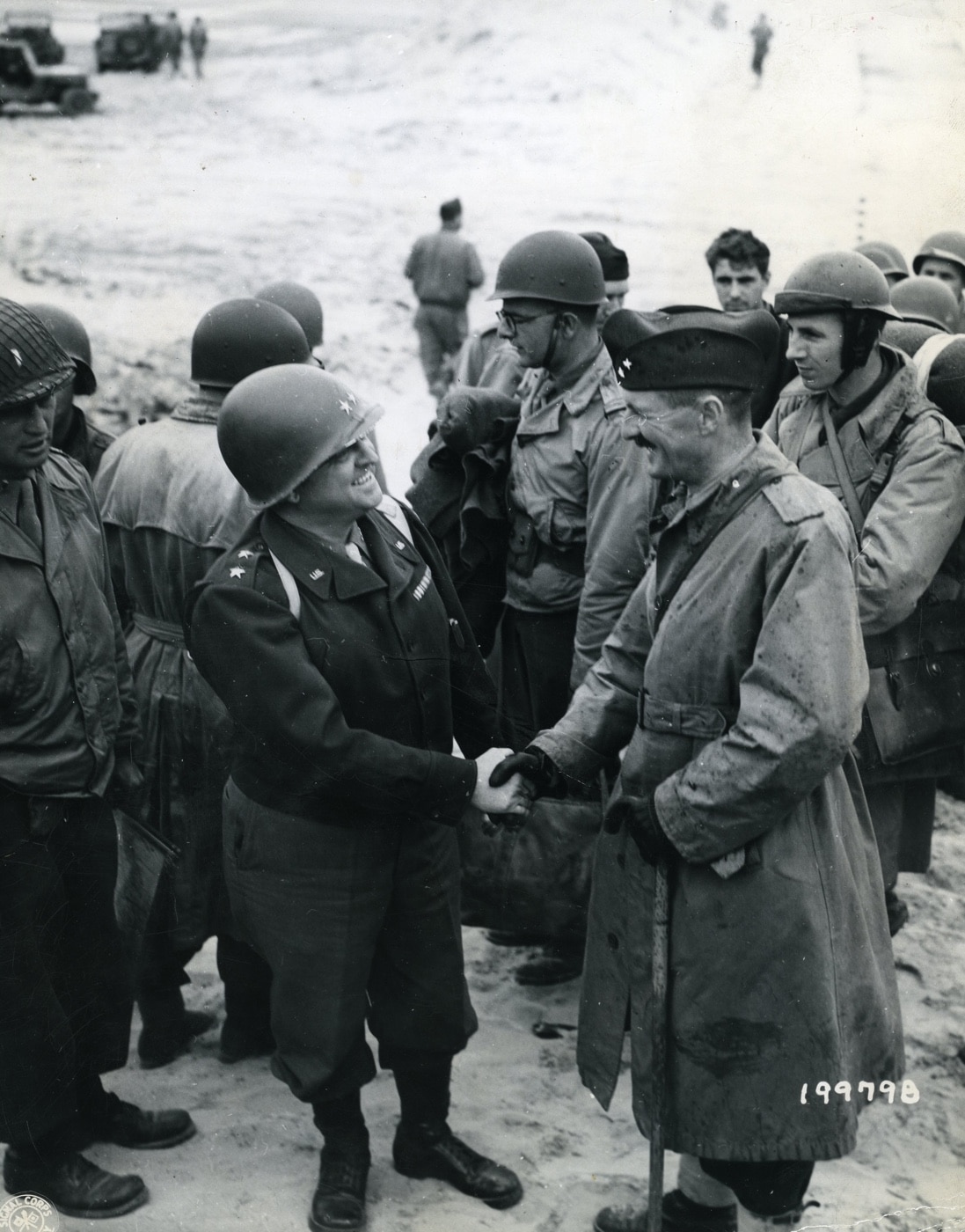
Walker, a four-star general at the time of his death, had served with distinction in the First World War, the Second World War and the Korean War. He received two Distinguished Service Crosses for extraordinary heroism in World War II and the Korean War.
We can only speculate on how the old soldier would have felt about being honored with this tank, but most would agree it was a fitting tribute to a largely overlooked American hero.
A Cadillac of Tanks — Literally
Production of the M41 was undertaken by the Cadillac Car Division of the General Motors Corporation at the Cleveland Tank Plant, and the first production models were completed in 1951.
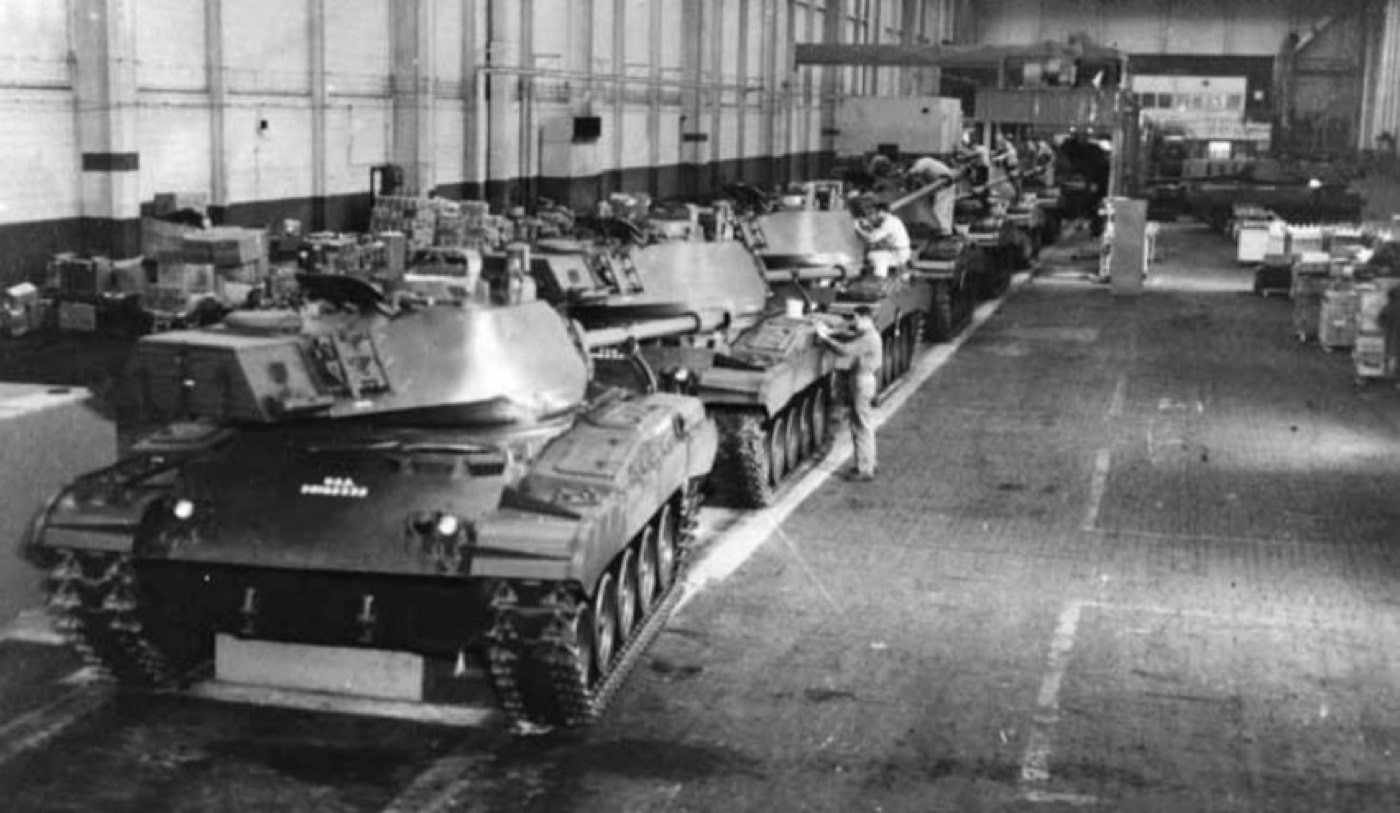
The Walker Bulldog was a departure from American tank designs in a number of ways, including how its development began.
Whereas all prior American tanks had been designed around the main gun, and a suitable engine selected later in the development stage, the starting point for the Walker Bulldog was its 500hp flat six-cylinder engine. With an all-up combat weight of 29.5 tons (25 tonnes) in the minds of the designers, it was determined to specify the amount of power the vehicle would need to achieve a particular performance goal — namely a road speed in excess of 65 km/h (40 mph), along with a range of 160 km (100 miles) on 530 liters (140 U.S. gallons) of fuel.
Torsion bar suspension was subsequently selected, with five medium-sized road wheels per side with three track return rollers. The rear sprockets all allow for the adoption of an Allison cross-drive system, so-called as it was mounted transversely, at right angles to the axis of the engine’s crankshaft. The engine and transmission were positioned at the rear of the hull, separated from the fighting compartment by a fireproof bulkhead.
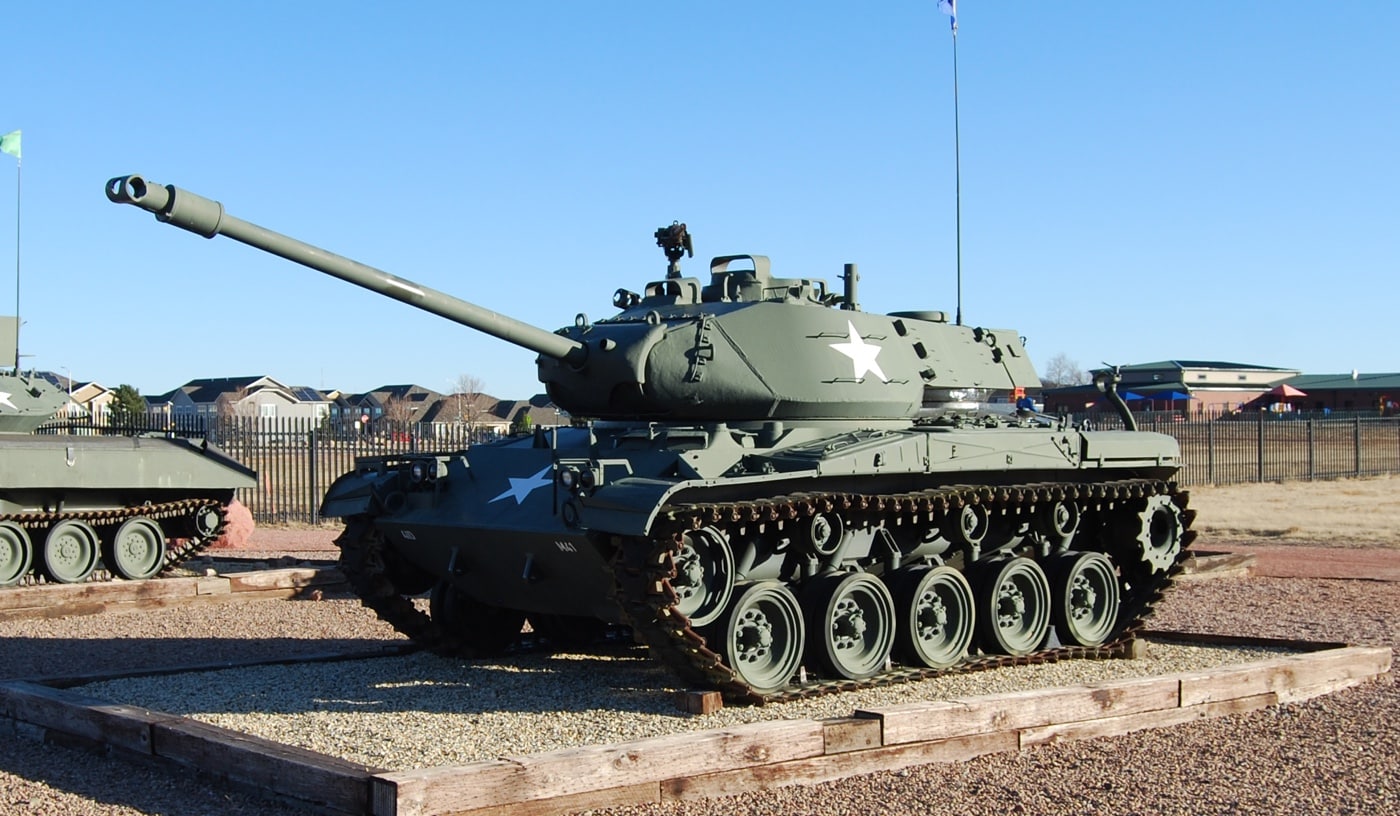
The hull of the M41 was manufactured of all-welded steel, while the turret featured welded and cast construction. Armor was kept relatively light — just 25mm (one inch) thick to the glacis and the turret face, and 12 to 19mm (.5 to .75 inches) thick elsewhere.
The tank had a crew of four, with the driver seated at the front of the hull on the left, and the other three crew members in the turret. The command and gunner were positioned on the right, while the loader was on the left. As with most American tanks of the era, the M41 was provided with an escape hatch, which enabled the crew to leave the vehicle and have a better chance of survival than bailing out via the turret or driver’s hatch.
The Bulldog’s Bite
The main armament of the M41 was its 76mm gun, which offered an elevation of plus nineteen degrees and a depression of -9 degrees and was able to traverse a full 360 degrees. The barrel of the gun was provided with a bore evacuator and a “T-” Type blast-deflector, which was meant to reduce the effects of blast and obstruction caused by the flow of propellant gases into the atmosphere as these could raise a dust cloud that made aiming the weapon more difficult.
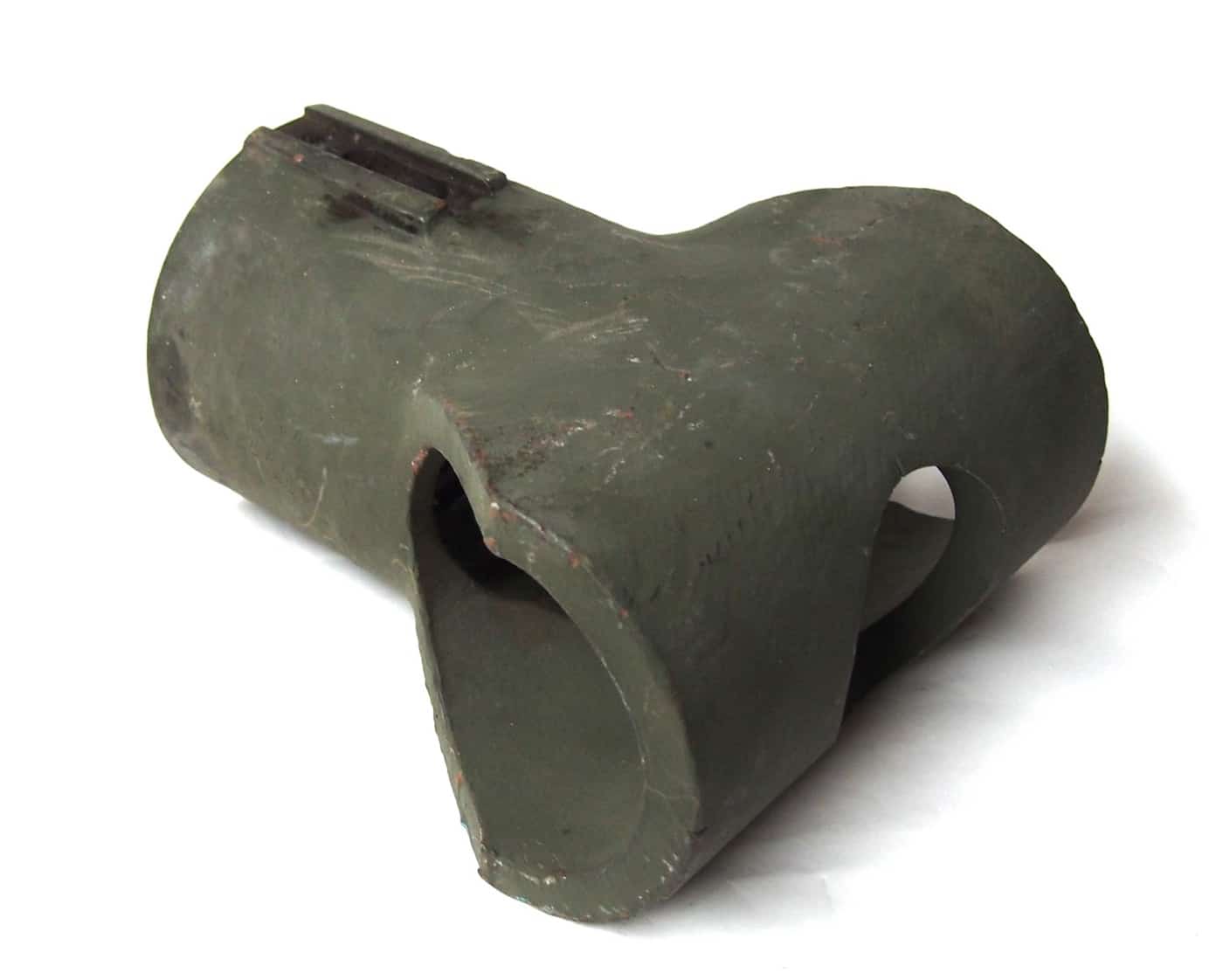
In addition to the main gun, the Bulldog was equipped with a coaxial M1919A4 .30-cal. machine gun along with a heavier M2 .50 caliber machine gun on an anti-aircraft mount at the turret hatch. Though designed to be able to get out of a fight quickly, the Bulldog could stand and fight against similarly sized threats of the era.
Around 5,500 were manufactured by the end of 1954 when production ceased. It was one of the three main tanks developed for the U.S. Army in the early stages of the Cold War, along with the M47 Patton medium tank, and the M103 heavy tank. All three certainly resembled siblings — though the Bulldog was clearly the runt of the litter.
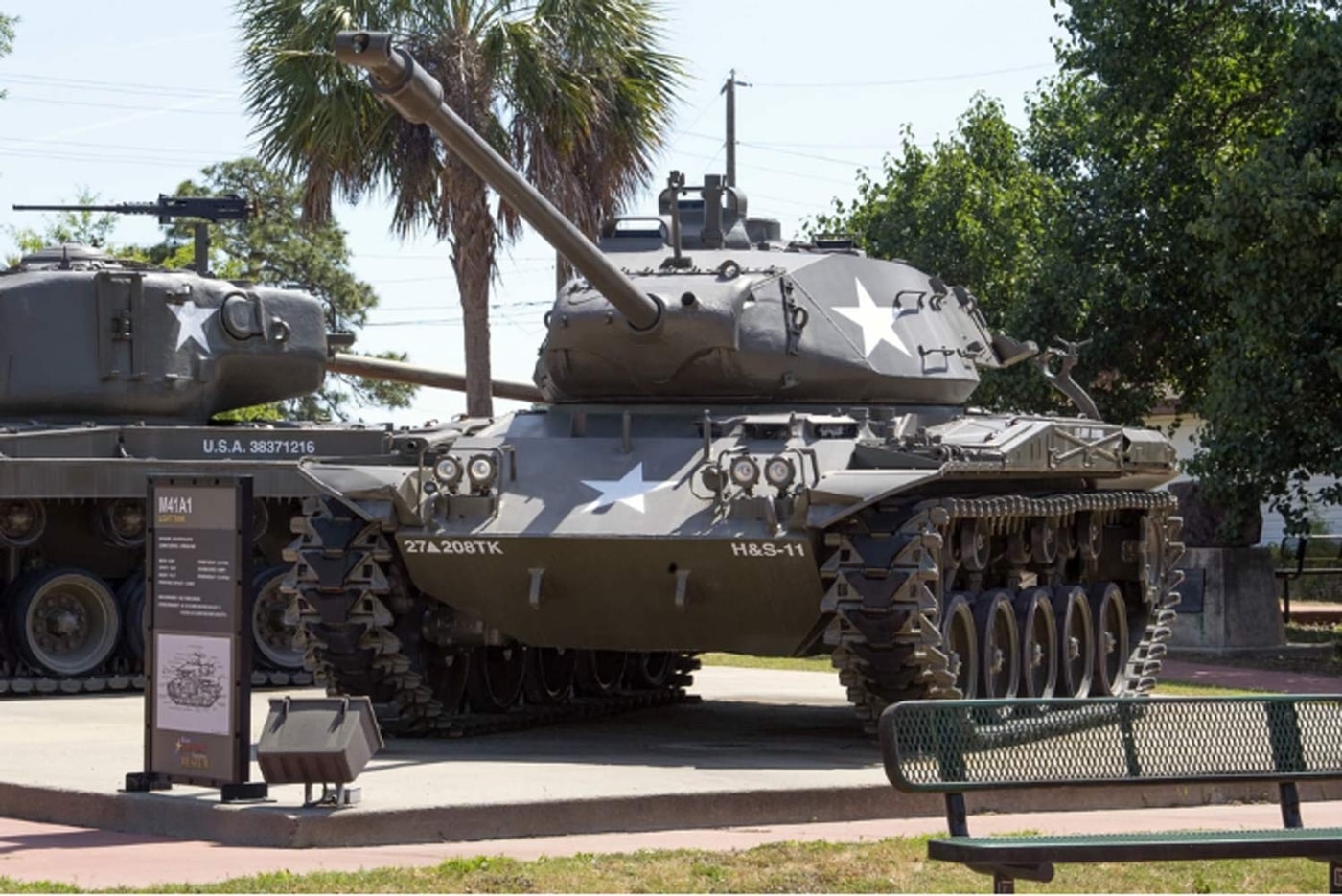
During its production run, the M41 was also employed as a test bed for a number of different turret configurations and armaments including the 90mm M35 gun that was later employed with the M46A1/M47/M48 Patton series of tanks. The Bulldog further served as the basis of the M42 Duster anti-aircraft tanks, the 44 and M42 SP guns, and the M75 armored personnel carrier (APC).
Walking it Back
Though the Walker Bulldog seemed like a step in the right direction, it is now generally considered far from a perfect tank. The biggest issue was that it was very cramped — especially for anyone but the smallest of soldiers of the day.
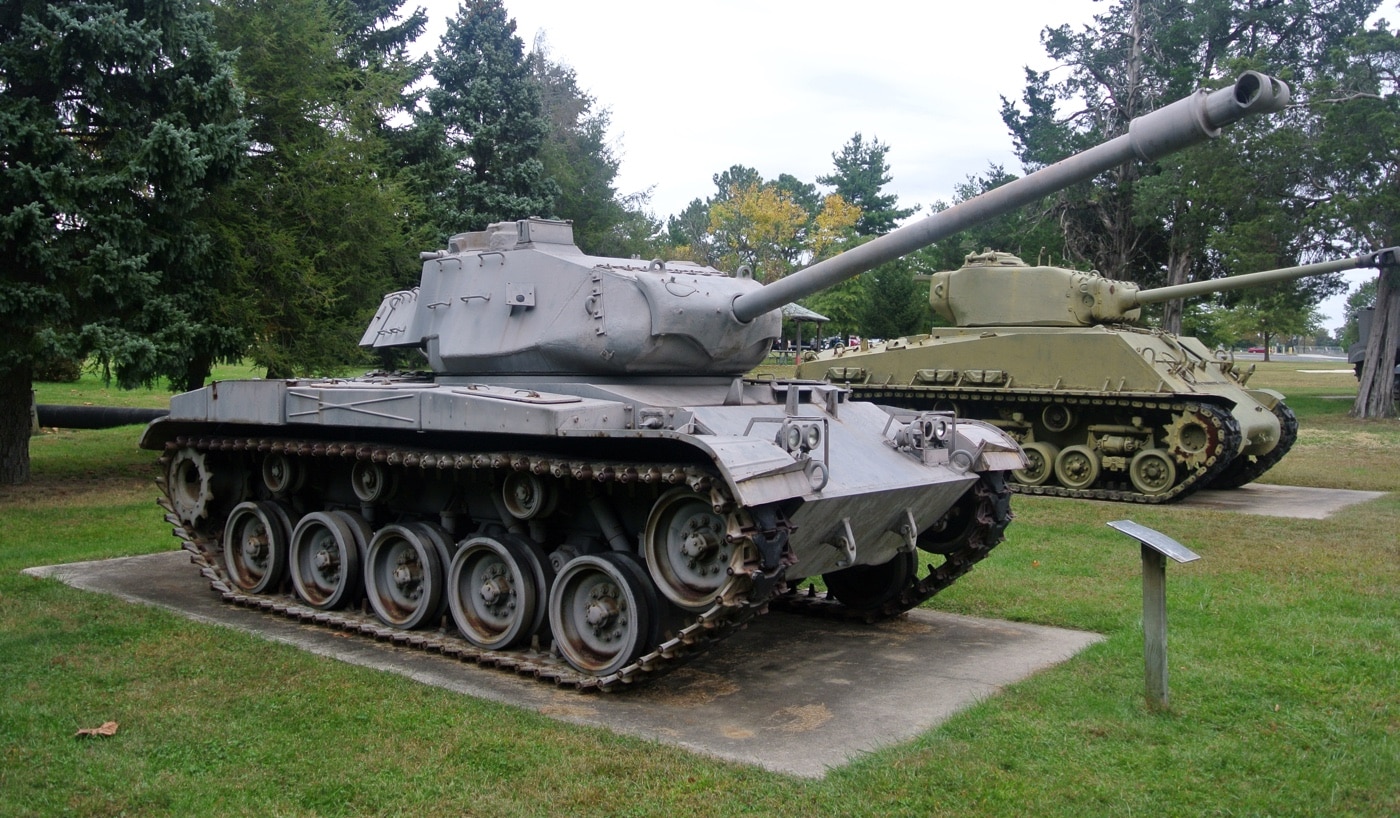
Moreover, it was a noisy vehicle, which would have been a serious problem in its primary reconnaissance role, while it also consumed fuel a bit faster than designers may have anticipated.
It was also a “light tank” in theory only.
It proved almost too heavy for air transport, and a proposed parachute-dropping option was “dropped” (pun intended). Even airlifting by a large utility helicopter such as the twin-rotor Chinook proved impossible, so deployment was confined to heavy-duty global transporters.
The Army went back to the drawing board again, and that led to the development of the M551 Sheridan.
Service History
Though the Walker Bulldog was in U.S. military service from 1953 to 1969, it arrived too late for a deployment to Korea — and the M41 never saw combat with the U.S. Army largely to the issues already laid out.
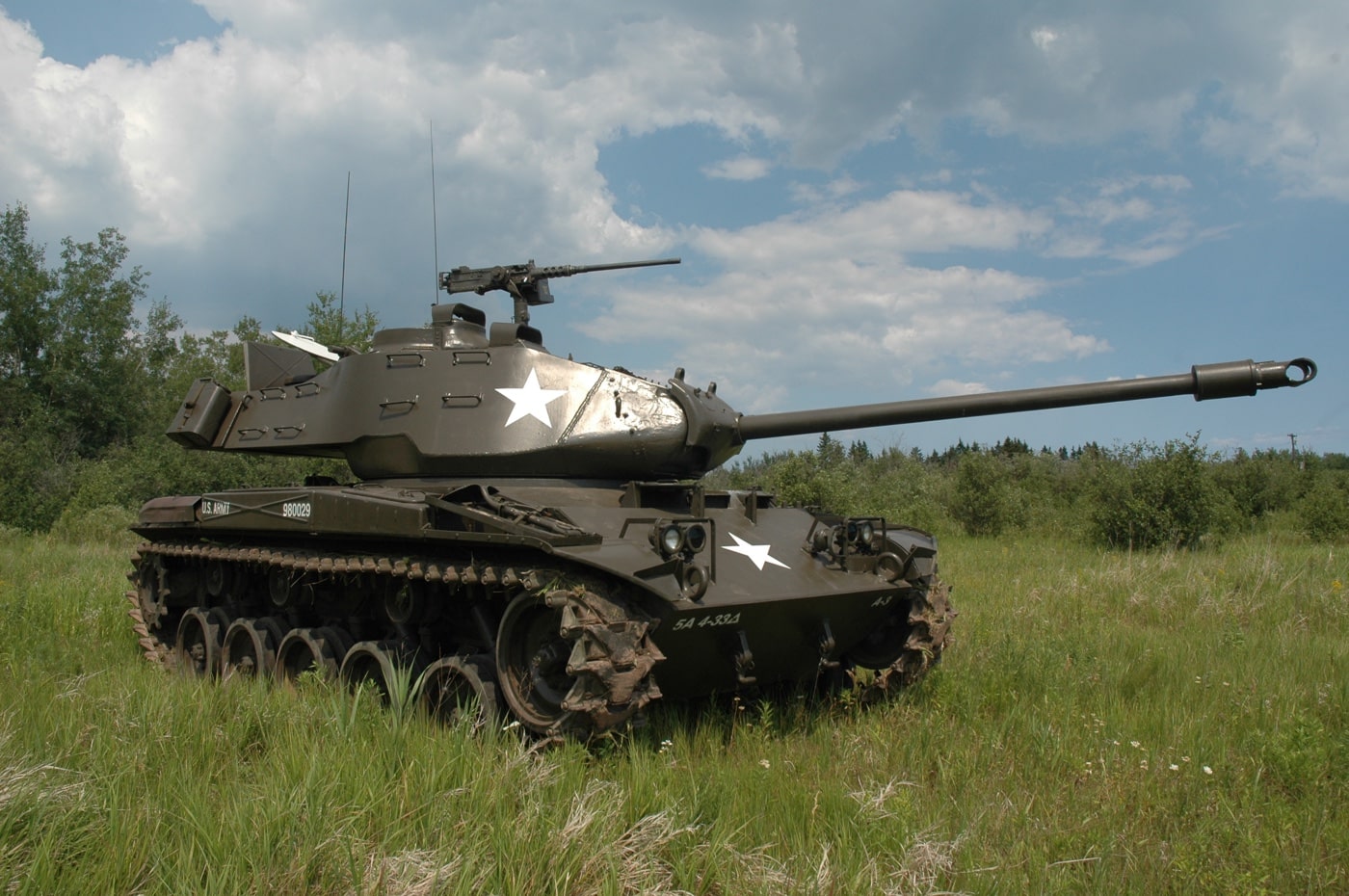
Interestingly its baptism of fire was actually on the beaches of Cuba during the ill-fated “Bay of Pigs” invasion. The Central Intelligence Agency (CIA) had acquired five M41s from U.S. Army reserve stock and Cuban exiles were instructed on the tank’s operation at Fort Knox in March 1961. During the invasion, the five Bulldogs were able to advance inland and inflicted heavy casualties, yet, they were heavily outnumbered as the Cuban military had more than 100 Soviet-made T-34 medium tanks in its arsenals.
The Walker Bulldog also found service in about two dozen nations around the world. As the M41 was replaced by the M551 Sheridan, a number of the Bulldogs were exported to Belgium, Brazil, Denmark, Jordan, Lebanon, Somalia, South Africa, South Vietnam, Taiwan and Thailand. It proved extremely popular with South Vietnamese tank crews — in part because many of those men were smaller than American tank crews. The Bulldog was also well-suited to rugged jungle terrain.
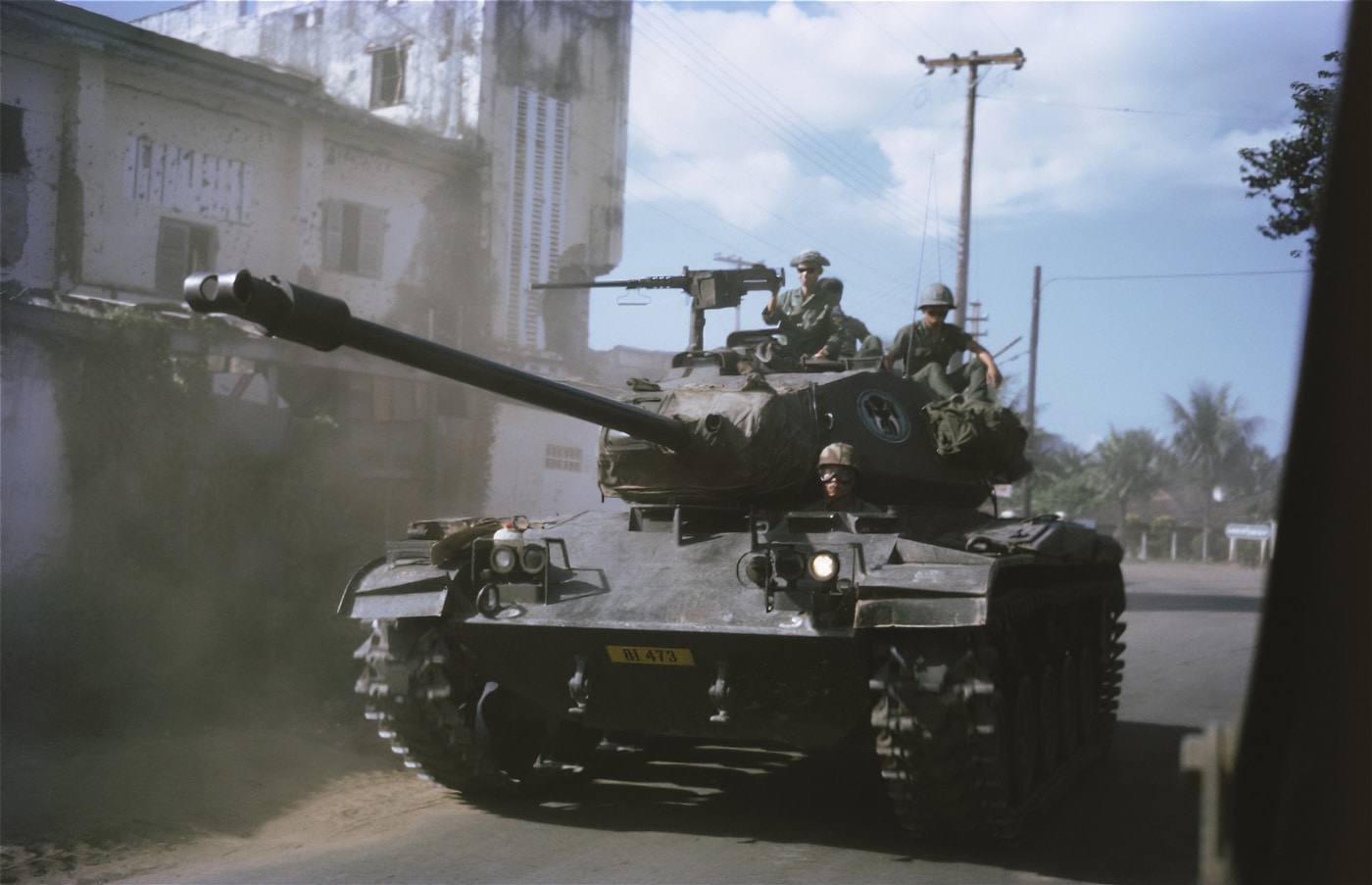
The tanks proved so successful in foreign service around the world, in fact, that the platform was regularly updated. That included the replacement of the 76mm gun with a 90mm, or in some cases a 105mm gun. In addition, some foreign operators replaced the original six-cylinder gasoline engine with a more fuel-efficient diesel powerplant.
Today, the Socialist Republic of Vietnam still maintains a small number captured during the Vietnam War, while the Bulldog remains in service with the Latin American nations of the Dominican Republic, Guatemala (which used the M41 during its decades-long civil war), and Uruguay — with the latter nation maintaining as many as two dozen as of the start of this year. The Walker Bulldog was most recently used in combat in the 2006 Thai coup d’état.
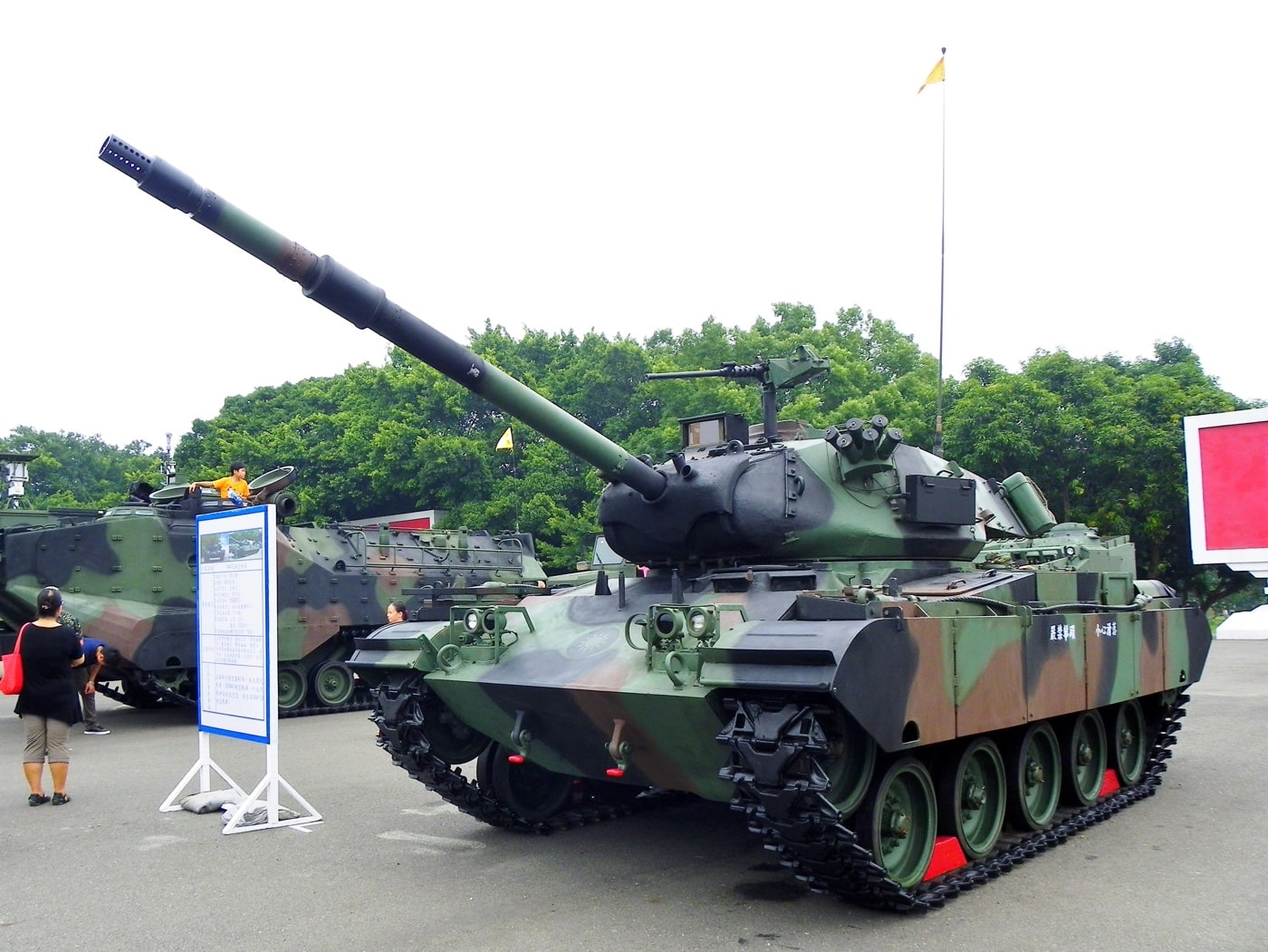
According to the International Institute of Strategic Studies, as recently as 2016, Taiwan maintained around 625 Bulldogs, including a number that have been modified. Those tanks are part of Taipei’s massive arsenal of Cold War-era armaments — including hundreds of M-60 and M-48 Patton tanks — that could be used to counter an invasion from mainland China.
Seeing the Bulldog
Though some 5,500 M41 Walker Bulldogs were produced, actually taking a walk to see one could be a bit challenging. As noted, the United States exported significant numbers and as a result, only around a dozen are now preserved in American museums, while a few have been presented to National Guard armories or VFW posts.
A number have been preserved in noteworthy international museums. One is now in the collection of the Austrian Museum of Military History in Vienna; while another is at the Royal Museum of the Armed Forces and Military History in Brussels, Belgium. Interestingly, an M41 Walker Bulldog is even in the Kubinka Tank Museum outside of Moscow.
The Bulldog certainly got around, even if the U.S. Army never used it in combat operations.
Editor’s Note: Please be sure to check out The Armory Life Forum, where you can comment about our daily articles, as well as just talk guns and gear. Click the “Go To Forum Thread” link below to jump in and discuss this article and much more!
Join the Discussion
Continue Reading
Did you enjoy this article?

 97
97






